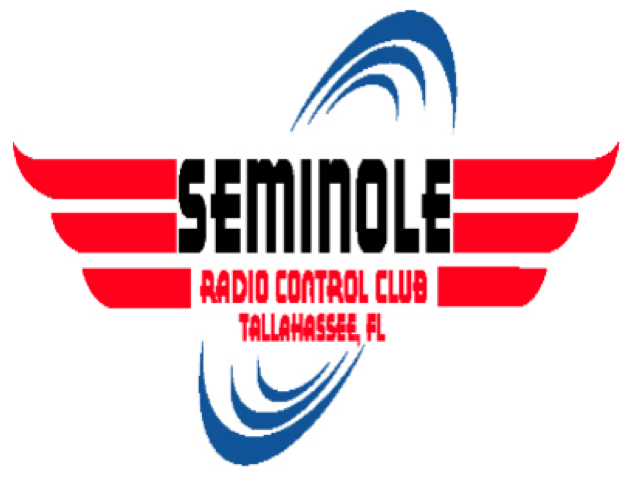
Team 508:
SAE Aero Design Geometric Integration
Department of Mechanical Engineering
Project Sponsors:
Geometric Integration Project Advisor:

Simone Hruda, PhD.

Simone Hruda, PhD.
Abstract:
Our project is to build a radio-controlled (RC) plane to compete in the SAE Aero Design Competition. This is a two-team project. Our team is in charge of designing the structure of the plane, and the other is focused on the aerodynamic calculations. At the competition, the plane will need to complete a required flight path while carrying a regular size soccer ball and one-pound weight.
In competing against other universities, one of the team’s main goals is to make the plane stand out at the competition. 3D printing the aircraft is the main thing that will distinguish us from the other schools. Printing RC planes is an uncommon building method. Balsa wood and foam are the usual building materials used in making model planes, so it is likely we will be the only team with a plane made this way.
3D printing model planes is challenging in many ways. The plane must be large enough to meet the competition goals. This means the team must print the aircraft in multiple parts then assemble it. Using printing filaments within competition rules also makes the plane heavier than usual RC planes. The size and filament requirements give us the challenge of creating the needed lift and keeping the plane as light as possible. To lessen plane’s weight, it is made using a filament known as lightweight polylactic acid (LW-PLA). This material expands when exiting the nozzle, decreasing the density and weight of the print. To both increase lift and help make the plane unique, an extra set of wings known as canards are a part of the plane. The canards have no control surfaces and are made solely to produce more lift. In minimizing weight and increasing lift, the team is creating the highest chance of a successful flight.
"The Golden Goose"

Our plane "The Golden Goose" is based off of the Rutan Quickie. It has canards on the front of the plane that serve to both provide more lift and inhibit stalling. The Eppler 214 airfoil used to build the canards has a lower stalling angle than the Eppler 197 airfoils used to build the main wings. This means the nose of the plane would fall forward, creating the needed airflow over both sets of wings to keep the plane in flight.
Project Timeline:


